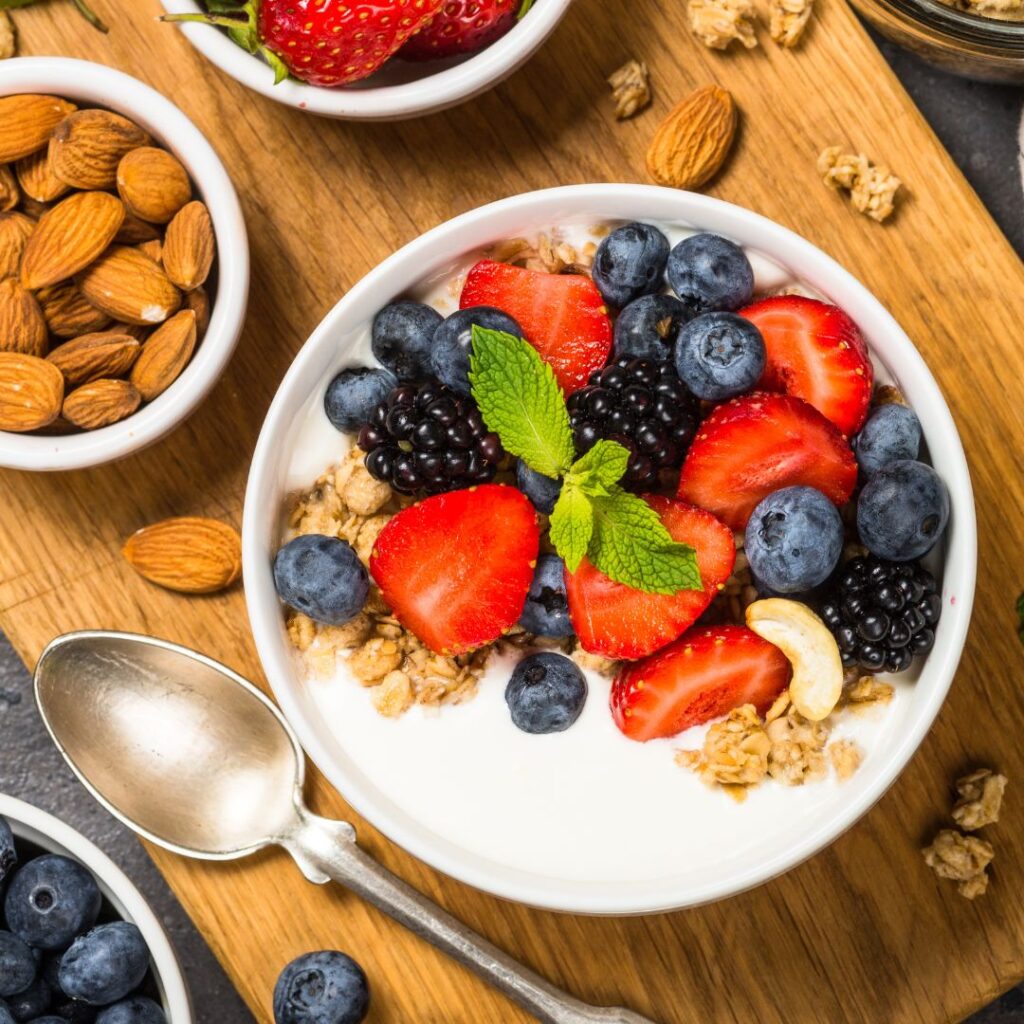The Gut-Age Connection: Essential Insights for Healthy Aging
Your gut is more than just a digestion center; it’s a complex ecosystem teeming with microorganisms that impact every aspect of your health. This microbiome aids in digesting food, absorbing nutrients, and maintaining a robust immune system. The gut-brain connection is especially fascinating—ever felt butterflies in your stomach before a big event? That’s your gut communicating with your brain, influencing mood, emotional well-being, and even cognitive function.
Moreover, a significant portion of your immune system resides in the gut. A healthy gut microbiome protects against pathogens, reduces inflammation, and supports overall immune responses. Ignoring gut health means overlooking a vital component of your body’s defense mechanism.
Hormones Gone Wild: How Perimenopause and Menopause Affect Your Gut
Perimenopause and menopause bring about dramatic hormonal fluctuations, particularly in estrogen and progesterone levels. These shifts don’t just cause hot flashes and mood swings; they also profoundly impact your digestive system. Hormones influence gut motility and the composition of your gut microbiota, affecting digestion and nutrient absorption. This interplay can lead to unexpected digestive issues during a time when you’re already dealing with enough changes.
The Surprising Connection Between Your Gut and Menopause Symptoms
Struggling with bloating, constipation, or gas? These common gastrointestinal symptoms during menopause aren’t just coincidences. Hormonal effects on digestion can slow down your gut transit time, leading to discomfort. Weight management becomes a challenge as hormonal changes slow metabolism and alter fat distribution, often increasing abdominal fat. Believe it or not, certain gut bacteria can promote weight gain, making it even more essential to maintain a balanced microbiome.
Mood swings and mental health are also tied to your gut. Since 90% of serotonin is produced there, an unhealthy gut can disrupt neurotransmitter levels, affecting your mood and stress response. A balanced gut reduces brain inflammation and helps stabilize those rollercoaster emotions.
Unlocking the Benefits: Why Good Gut Health Is Your Secret Weapon
Maintaining a healthy gut enhances nutrient absorption, which is crucial for bone health and energy levels—both significant concerns as you age. Improved immune function means a reduced risk of chronic diseases and a stronger defense against illnesses. Perhaps most appealing is the potential for better hormonal balance, offering natural relief from menopausal symptoms and more stable moods.
5 Simple Tricks to Supercharge Your Gut Health
- Start by adopting a gut-friendly diet. Increasing your fiber intake through whole grains, fruits, vegetables, and legumes promotes regular bowel movements and feeds beneficial gut bacteria. Incorporate probiotics like yogurt, kefir, sauerkraut, and kimchi to introduce good bacteria, and don’t forget prebiotics like garlic, onions, and bananas to feed them. Staying hydrated is more important than you might think. Adequate water intake facilitates nutrient absorption, prevents constipation, and supports metabolic functions. Aim for at least eight glasses of water daily, and consider herbal teas like chamomile or peppermint for added benefits.
- Lifestyle changes can also make a significant difference.
- Regular physical activity enhances gut motility, promotes microbiota diversity, and reduces stress levels. Whether it’s walking, yoga, or swimming, find an activity you enjoy.
- Stress management techniques like meditation, deep breathing exercises, and mindfulness practices can mitigate the harmful effects of chronic stress on your gut.
- Don’t underestimate the power of adequate sleep, either. Establishing a routine and creating a relaxing environment can improve your gut microbiome balance and hormonal regulation.
Before starting any supplements, consult healthcare providers for personalized advice. Choose high-quality probiotics and monitor their effects to ensure they’re benefiting you.
Eat This, Not That: Foods That Transform Your Gut Health
Certain foods can work wonders for your gut. Fermented foods like kombucha, miso, and tempeh introduce beneficial bacteria. High-fiber foods such as flaxseeds and chia seeds promote digestive health, while polyphenol-rich foods like berries, dark chocolate, and green tea offer antioxidant benefits.
Need meal ideas? For breakfast, try overnight oats with berries and flaxseeds or a Greek yogurt parfait with honey and walnuts. Lunch could be a quinoa salad with chickpeas, cucumber, and olive oil, or a vegetable stir-fry with tofu and brown rice. For dinner, consider grilled salmon with asparagus and sweet potatoes or a hearty lentil soup with whole-grain bread.
On the flip side, some foods can sabotage your gut health. Limit processed foods high in additives and preservatives, excessive sugars that disrupt gut bacteria balance, and artificial sweeteners that may negatively impact your microbiome.
Warning Signs You Shouldn’t Ignore
While many gut health issues can be managed with diet and lifestyle changes, some symptoms warrant professional attention. Persistent digestive discomfort, unexplained weight loss, or severe changes in bowel habits could indicate food intolerances, irritable bowel syndrome (IBS), or other gastrointestinal conditions.
Consulting healthcare professionals can provide personalized care. Gastroenterologists specialize in gut issues, while nutritionists or dietitians can craft tailored dietary plans. Integrative medicine practitioners offer holistic approaches that might suit your needs.
Takeaway
Gut health is more than just a buzzword; it’s a vital component of your overall wellness, especially during perimenopause and menopause. By taking proactive steps to nurture your gut, you can alleviate common symptoms, boost your immune system, and enhance your quality of life during this transformative phase.
Don’t Miss Out: Take Charge of Your Gut Health Today!
Why wait? Start prioritizing your gut health now. Incorporate gut-friendly foods into your meals, stay active, and seek professional guidance if needed. Small daily choices can lead to significant improvements in your well-being. Your body—and mind—will thank you.
Resources to Kickstart Your Journey
Recommended Reading
- “The Gut Health Diet Plan” by Christine Bailey
- “The Microbiome Solution” by Dr. Robynne Chutkan
Support Communities
- Local Groups: Check community centers or healthcare providers for support groups.
- Online Forums: Menopause Matters, My Menopause Transformation















































